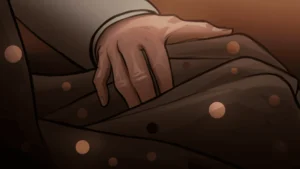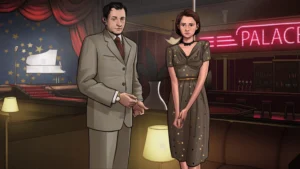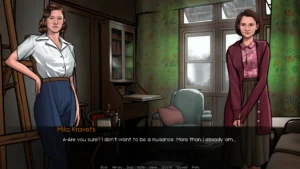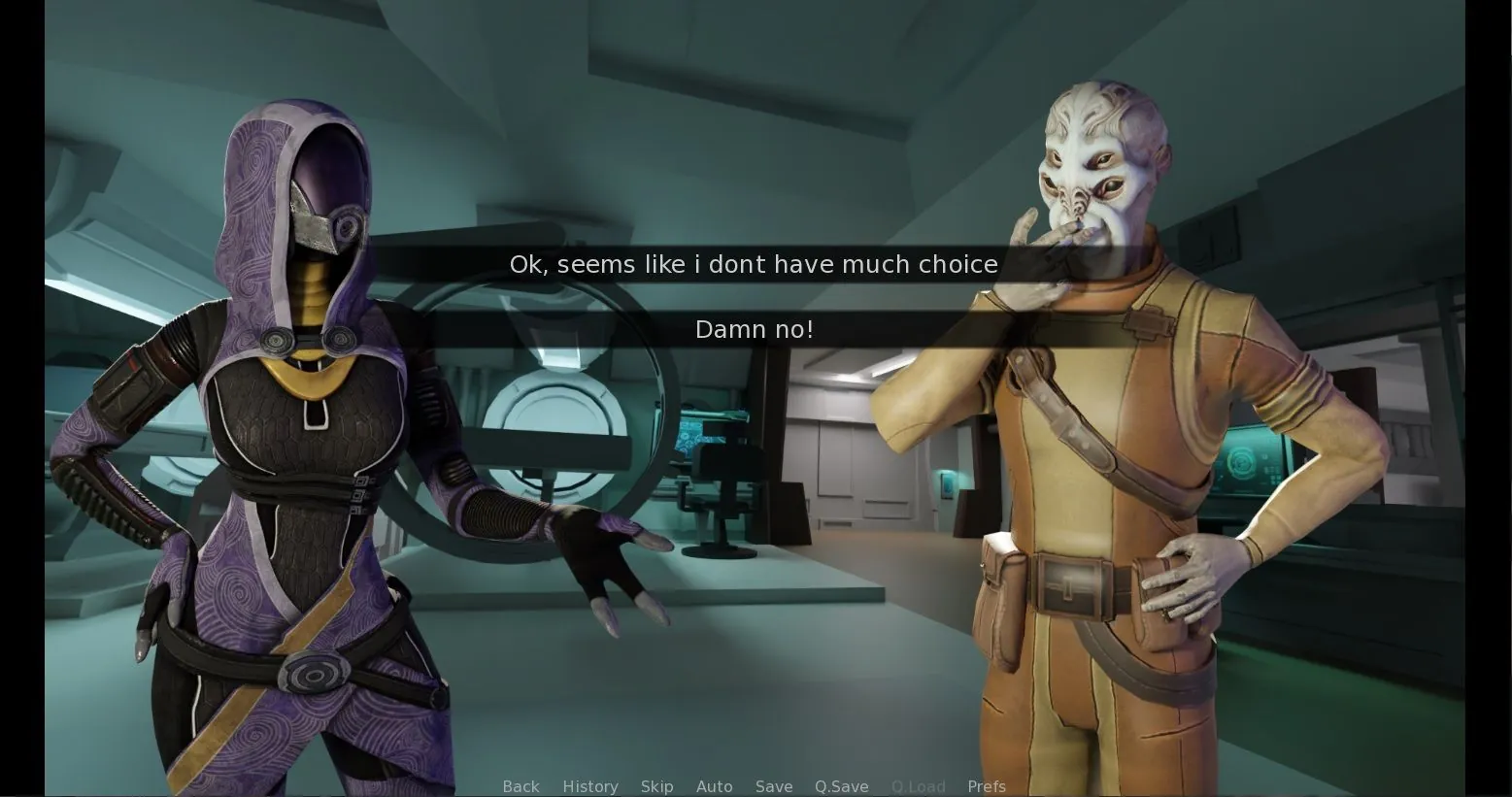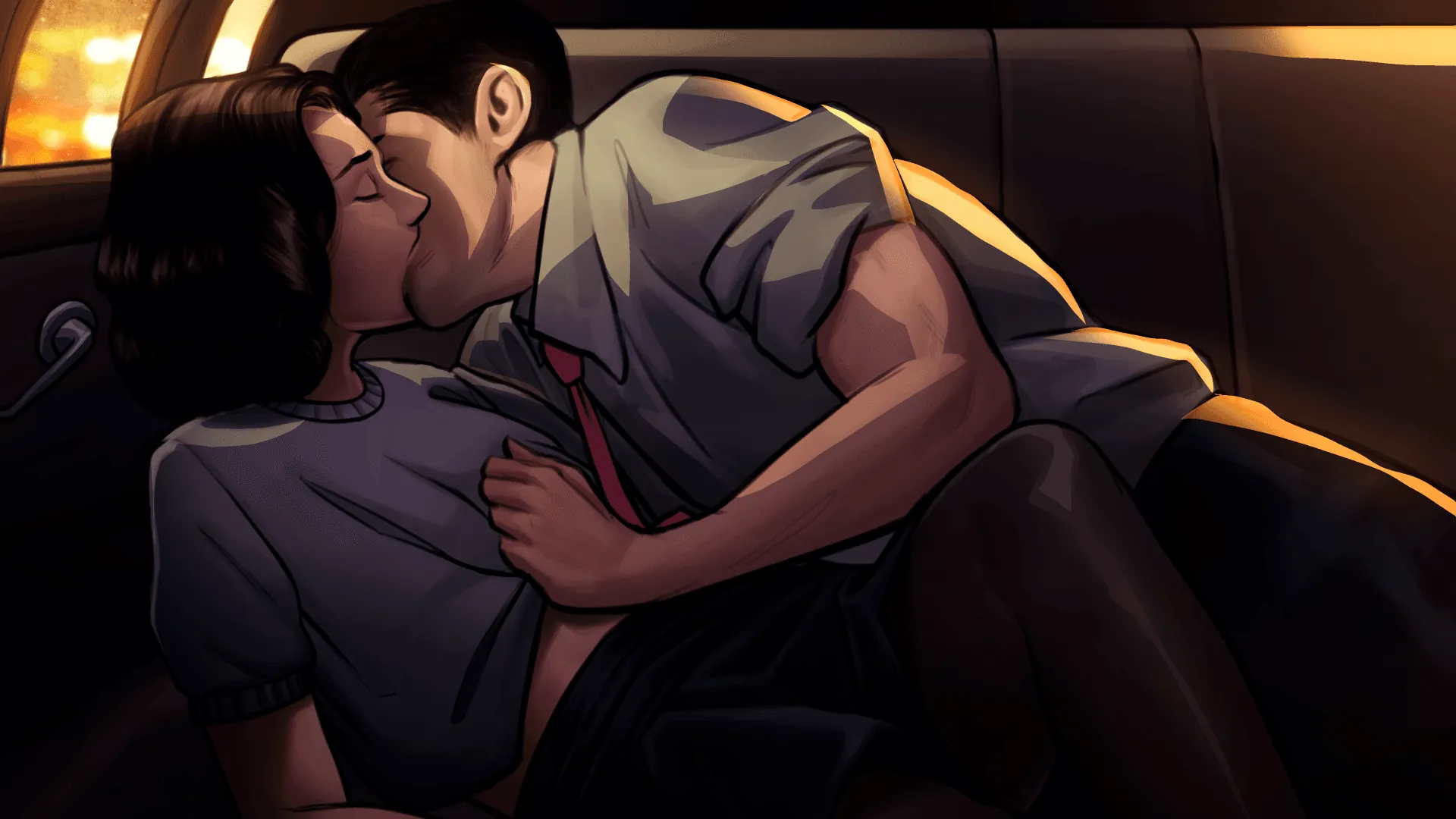
The Silver Lining
Play The Silver Lining
The Silver Lining review
Explore Gameplay, Features, and Player Experiences of The Silver Lining
The Silver Lining game has captured attention for its unique blend of interactive storytelling and adult-themed content. This article dives deep into what makes The Silver Lining stand out, offering insights into its gameplay, character dynamics, and player engagement. Whether you’re curious about the game’s mechanics or want to understand its appeal, this guide covers everything you need to know about The Silver Lining.
Understanding The Silver Lining: Gameplay and Features
What Is The Silver Lining Game About? ✨
Have you ever played a game that stayed with you long after you turned off the console? That’s the magic of The Silver Lining. This isn’t just another title in your library; it’s an emotional journey. At its heart, The Silver Lining game is a deeply personal adventure set in a beautifully melancholic world where you help characters find hope and light in the midst of their struggles. The premise is simple yet profound: you navigate a narrative-driven experience, interacting with a cast of complex individuals, each carrying their own burdens.
The setting is a fading, dreamlike city, where the rain washes away colors and memories alike. Your role isn’t to be a warrior or a savior, but a listener, a guide, and a catalyst for change. I remember starting my first playthrough, expecting a simple story, but I was quickly pulled into the life of an old clockmaker, his workshop a sanctuary of ticking gears and forgotten time. The game’s power lies in these quiet, intimate moments. It’s about discovering the silver lining in every cloud, and the gameplay is your tool to make that happen.
Core Gameplay Mechanics Explained 🎮
The gameplay mechanics in The Silver Lining are elegantly designed to serve the story, making you an active participant in the narrative rather than a passive observer. The core loop revolves around exploration, conversation, and meaningful interaction.
You’ll spend your time exploring beautifully crafted, isometric environments. Clicking on points of interest allows you to examine objects, which often triggers memories or reveals clues about a character’s past. The real meat of the experience, however, is the dialogue system. Conversations are not just for exposition; they are puzzles in themselves. You must choose your responses carefully, paying attention to the character’s mood, body language, and the subtext of their words. I learned this the hard way when I tried to cheer up a grieving character with a poorly timed joke—let’s just say it shut down the conversation for good. The game doesn’t judge you, but it remembers, and the story branches accordingly.
Another crucial mechanic is the “Glimmer” system. As you help characters, you collect small, shimmering fragments of hope—Glimmers. These can be used to “restore” parts of the environment, literally bringing color and light back to the world, or to unlock deeper, more personal conversation paths with characters. It’s a tangible representation of the impact you’re having.
Pro Tip: Don’t rush through environments. The most poignant story details are often hidden in the quietest corners. Click on everything, and listen to the ambient sounds; they often contain subtle narrative clues. 🕵️♀️
To give you a clearer picture, here’s a breakdown of the primary ways you interact with the world:
| Mechanic | Description | Player Impact |
|---|---|---|
| Contextual Dialogue | Choosing from multiple response options that change based on location, character state, and items held. | Directly shapes character relationships and unlocks unique story branches. |
| Environmental Interaction | Examining and manipulating objects in the world to solve puzzles and trigger memories. | Reveals backstory and provides the resources needed to progress the narrative. |
| The Glimmer System | Collecting and spending fragments of hope earned through positive interactions. | Alters the game world aesthetically and opens up new **narrative choices**. |
| Memory Sequences | Interactive flashbacks that allow you to explore a character’s past firsthand. | Provides deep context for character motivations and presents pivotal moral dilemmas. |
Unique Features That Set The Silver Lining Apart 🌟
While many games tell stories, The Silver Lining builds relationships. Its game features are meticulously crafted to create an unparalleled sense of player engagement. Let’s dive into what truly makes it special.
First is the profound interactive storytelling. The plot isn’t a fixed track; it’s a web of possibilities. Your narrative choices carry significant weight. In one playthrough, I managed to reconcile two estranged siblings, and in the next, my different decisions led to one of them leaving the city forever. The game doesn’t have a “good” or “bad” ending; it has your ending, a direct reflection of the empathy and attention you’ve shown. This level of interactive storytelling ensures that no two experiences are exactly alike, making discussions with other players incredibly rewarding.
Then there’s the subtle but powerful character customization. This isn’t about changing your avatar’s armor or hairstyle. Instead, you customize your presence in the world through the “Keepsake” system. At the start, you choose a small personal item—a locket, a worn-out book, a seashell. This item becomes a conversation starter, influencing how certain characters perceive and open up to you. Choosing the book, for instance, made the reclusive librarian warm up to me much faster, granting me access to a whole subplot I would have otherwise missed. It’s a brilliant way of making your mark on the narrative.
What truly fosters deep player engagement is the game’s pacing. It respects silence and downtime. You are encouraged to just sit on a bench and watch the virtual rain, absorbing the atmosphere. This might sound boring, but it’s in these moments that the game’s themes of reflection and recovery truly sink in.
My Advice: Embrace the slow pace. This isn’t a game to be “beaten,” but an experience to be felt. Let yourself be immersed in the mood, and you’ll find the player engagement level is unlike anything else. 🧘♂️
Getting started is straightforward, but to get the most out of The Silver Lining game, here’s what I recommend:
* Talk to Everyone, Repeatedly: Characters reveal new information as their stories progress. Revisiting them after major events is crucial.
* Experiment with Your Keepsake: Don’t be afraid to restart the first hour with a different personal item to see how it changes your initial interactions.
* Follow Your Curiosity: If something looks interesting, investigate it. The game rewards thorough exploration with rich narrative payoffs.
* Don’t Fear “Failure”: A conversation that ends awkwardly isn’t a failure; it’s a new story branch. Lean into the consequences of your choices.
The unique gameplay mechanics and thoughtful game features in The Silver Lining combine to create something more than a game—it’s a poignant exercise in empathy. It proves that the most powerful adventures aren’t about saving the world, but about helping one person find their way through the rain. Your journey through its hauntingly beautiful world is one you will likely carry with you for a long time.
The Silver Lining offers a compelling mix of interactive storytelling and engaging gameplay that appeals to players seeking a unique experience. Its rich narrative, combined with customizable elements and meaningful choices, creates a memorable journey. Whether you’re new or returning, exploring The Silver Lining can provide hours of immersive entertainment. Dive in and discover the layers behind this intriguing game.


